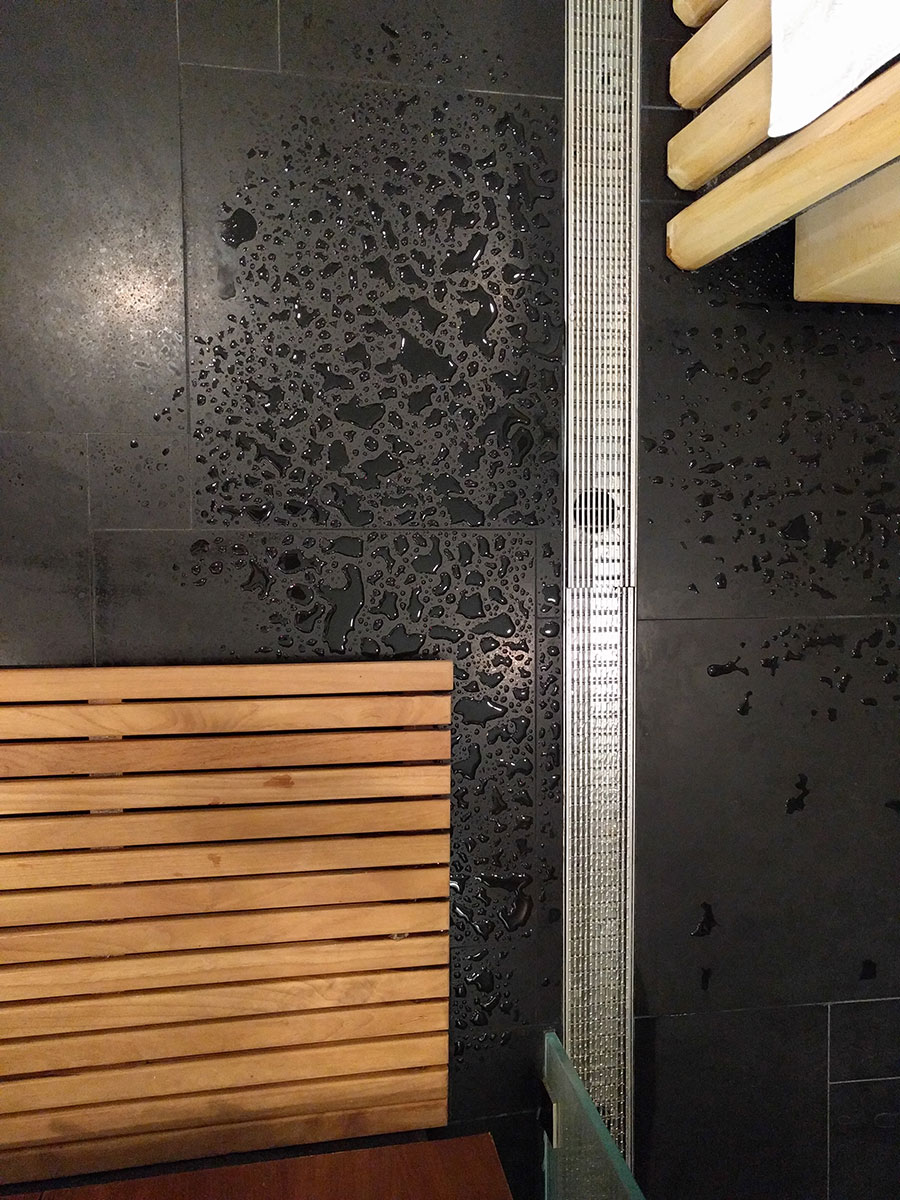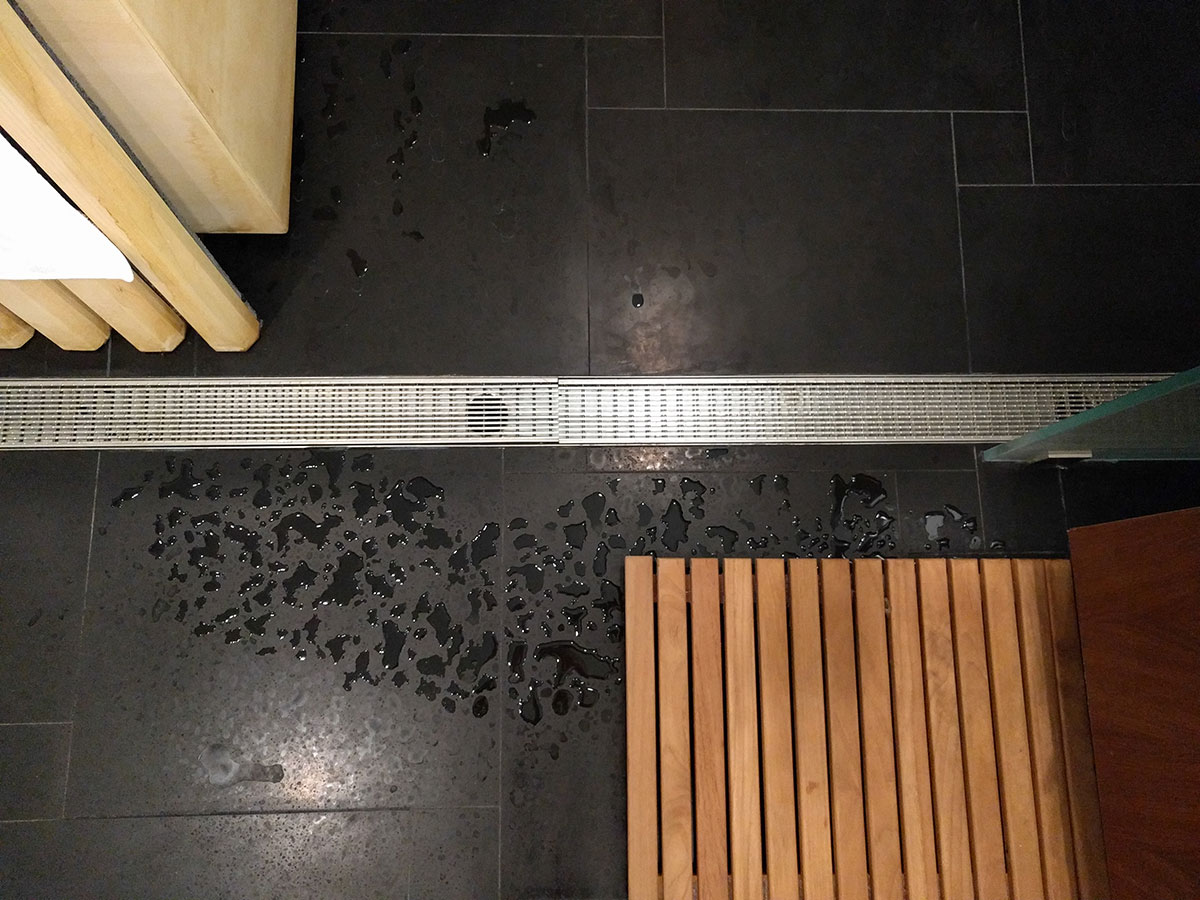conarb
Registered User
TMurray:I was an energy advisor certified by the provincial and federal government. I performed blower door tests as part of the energy audit. We usually ran 2.5 hours including a full inspection of the insulation levels of the home, measuring geometry and recording mechanical systems. Blower door tests take about 15 minutes and maybe 5 to run the numbers for ACH. I've done hundreds of them, so maybe I'm a little faster than most, but I doubt that it would take much longer than than that for most people.
ASHRAE is a global organization, do you Canuks comply with ASHRAE and it's §62.2? If you do blower door tests to be sure the building is sealed up how do you comply with 62.2 without a second blower door test?
Lawrence Berkeley Laboratories said:Is ASHRAE Standard 62.2 current best practice for ventilation? In a word, no. ASHRAE 62.2 is a standard that national experts could agree upon that sets a minimum standard for ventilation — not best practice, which would further customize ventilation rates based on factors such as number of occupants in a dwelling and strength of pollutant sources.
Meeting the ventilation requirements for ASHRAE Standard 62.2 will not always provide enough ventilation for a home. In these circumstances, ventilation rates need to be increased beyond the Standard.
The Standard does not address high-polluting events such as painting, cleaning, smoking or construction projects.
The Standard does not address the use of unvented combustion space heaters such as unvented decorative gas appliances and kerosene heaters, which are not allowed in California.
The Standard assumes one person per bedroom, with two people in the master bedroom. Higher numbers of occupants will increase ventilation needs.
Occupants with health issues such as asthma and allergies may benefit from increased ventilation and/or filtration.¹
¹ https://resaveguide.lbl.gov/ashrae-standard-62-2


